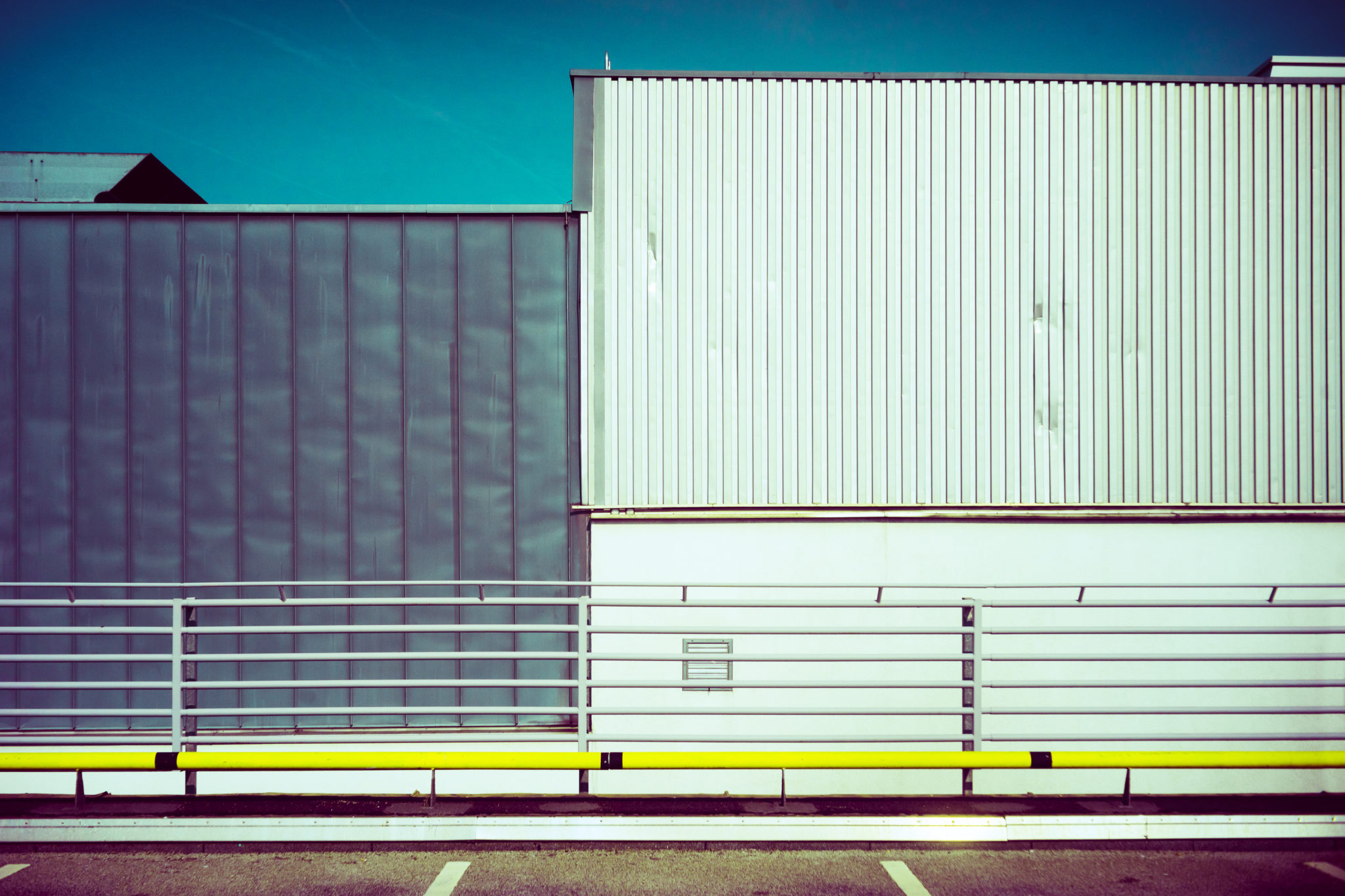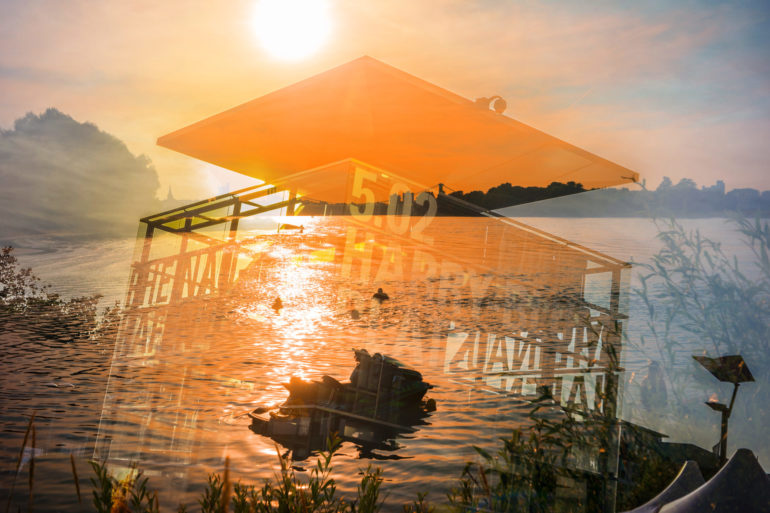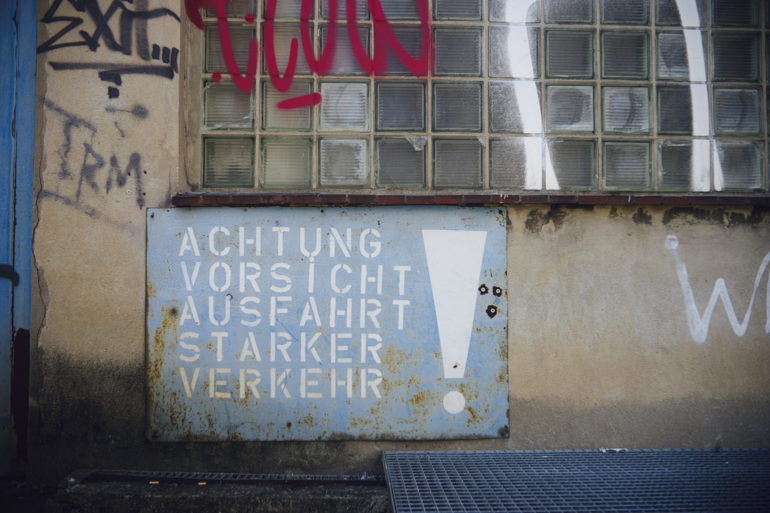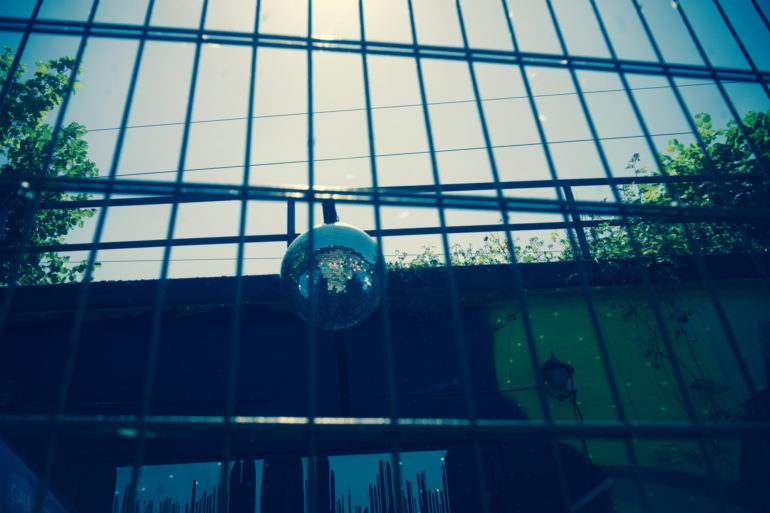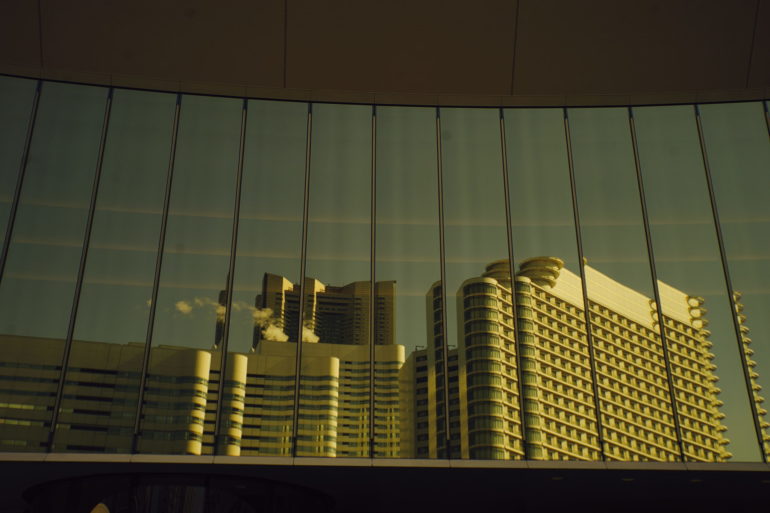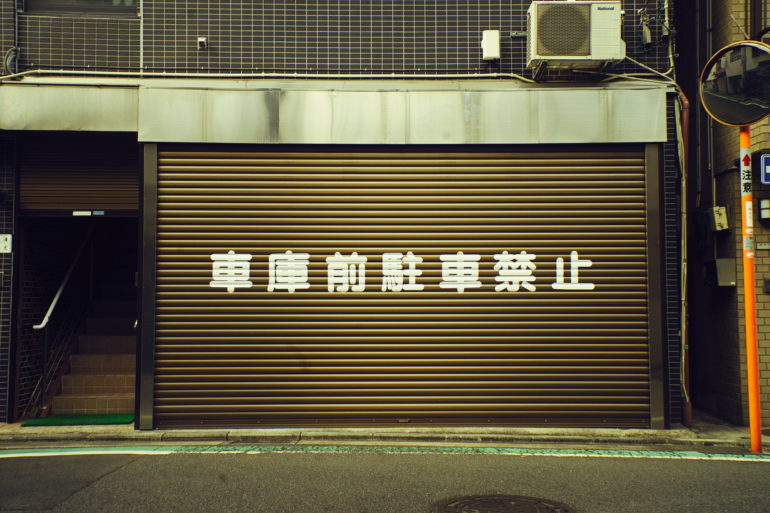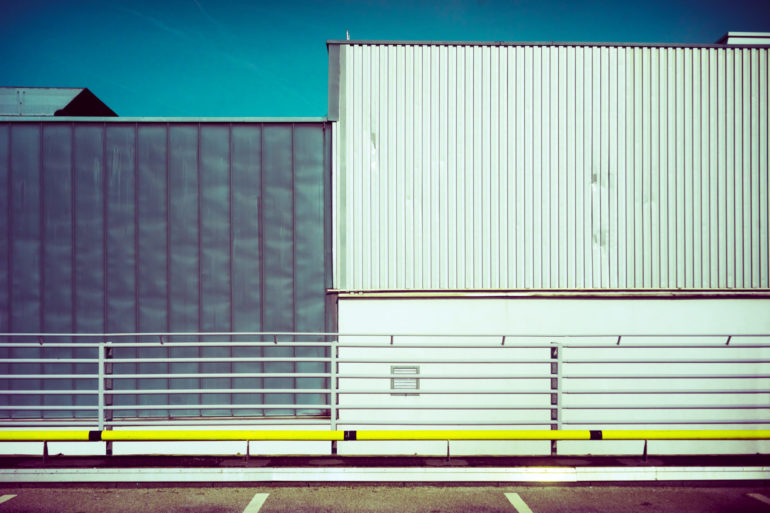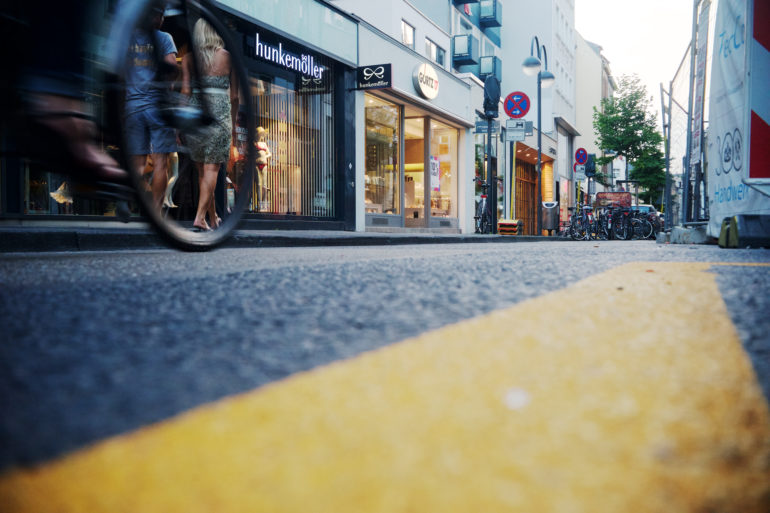Last Updated on 08/28/2017 by Chris Gampat
Earlier on we reported on the new Citograph 35mm lens designed for photographers to simply capture moments as they happen. The Citograph 35mm took to Kickstarter to get funding to produce a lens at an affordable price point with character, quality and the ability to always be spontaneous. Benedikt Hartmann, the Creative Director for C.P.Goerz, talked with us briefly about the inspiration behind the lens and about how it’s going to differ from so many other options out there.
Phoblographer: Talk to us about how you got into photography.
Benedikt: It’s simple, really. I was 18 years old when, quite by chance, I was taken on as an apprentice at a photography business in Cologne. I was lucky because my teacher was an excellent photographer, and he sparked my passion for taking pictures. Having a great mentor meant that I didn’t go looking for photography – photography found me.
Phoblographer: What made you want to get into street photography?
Benedikt: I was always fascinated by street scenes, courtyards and public life, not to mention the undiscovered corners of a city. These places are often in plain sight yet somehow remain unseen by people, and that inspires me to give them their moment in the spotlight. My job enables me to visit many cities around the world, and that’s how my passion evolved.
Phoblographer: So why make a 35mm lens with aperture to f8? Is this a play on the famous adage, “f/8 and be there?”
Benedikt: Absolutely. It is also the ideal aperture for getting the best quality out of most lenses, but in practice, it provides the ideal depth of field. Many photographers have a story about f/8, such as, “I chose f/8 to be on the safe side”.
In the days of analog photography, you could only photograph at f/8 in good light. It’s a different story these days. Cameras offer great image quality at high ISO sensitivities, which makes using the amazing f/8 aperture a piece of cake even in low light conditions.
Phoblographer: Tell us about the design of the lens. It’s always focused out to a distance of nine feet, so does this mean it has a fixed aperture?
Benedikt: The lens’s lack of moving parts is what makes its flat design possible. Everything is sharp from nine feet away to infinity – and the aperture cannot be adjusted. That’s all you need for “citography”. It means no time is lost by the mechanism; the image simply goes straight to the sensor instead.
Phoblographer: Where did the inspiration come from for this lens?
Benedikt: Practical experience. Most lenses today don’t have a depth scale or a precise mechanical distance setting, which basically makes exact adjustments impossible. What’s more, most lenses don’t have a locking mechanism either, which means most of your previous settings are lost by the time you take your camera out of your bag. This has frustrated me so many times. I also like pure photography without the distraction of technology.
Phoblographer: How do you think your lens differs from any other offering out there? How is it better?
Benedikt: The Citograph 35 is very flat, enabling extremely rapid, spontaneous photography. Taking photos with the Citograph 35 will make you realize that reducing the amount of technology we use is very liberating, as you automatically focus more on what is actually happening.
Phoblographer: Will you guys consider variations with more focus options and a wider aperture?
Benedikt: Right now, we simply want to bring the project to completion and organize production.


